Overview
Let’s face it — a stock Jeep CJ from the ’70s or ’80s wasn’t designed for how we off-road today. Not because the terrain changed — rocks are still rocks. It’s the expectations that evolved. Modern off-roaders are hitting tougher trails, staying out longer, and demanding more from their rigs — all while filming the perfect crawl for Instagram.
Your CJ still has soul. But compared to today’s overbuilt Gladiators or linked-out Broncos, it needs help to keep up.
Not because it's weak — but because off-roading isn’t what it used to be. More tech, more power, more challenge. This guide shows you how to meet that challenge without losing the character that made you fall in love with a CJ in the first place.
We’ll start with where the classic CJ design falls short — and then lay out exactly what breaks first, what to reinforce, and the Jeep CJ accessories parts that make it not just trail-worthy, but fun again.
Table of Contents
- Why the Jeep CJ Struggles on Today’s Trails
- The Hidden Dangers of Driving an Unmodified CJ
- Jeep CJ5 vs CJ7 — What Breaks First, and What to Replace First
- Jeep CJ Bumpers & Crossmembers: The Most Overlooked Reinforcements for CJ
- What CJ Drivers Regret Not Upgrading First
Why the Jeep CJ Struggles on Today’s Trails
From Civilian Jeep to Custom Rig — Times Have Changed
Here’s the deal: the Jeep CJ from ‘76 to ‘86 wasn’t built for today’s kind of off-roading — not because it wasn’t tough, but because the definition of “tough” has changed. Back then, AMC had a different checklist. They were designing a capable, versatile utility vehicle for farms, dirt roads, and the occasional hunting trail. And for that job, the CJ crushed it.
But what worked in 1981 doesn’t always hold up in 2025. A Jeep CJ chassis from that era rides on narrow leaf springs, with minimal articulation, steel C-channel frames, and open differentials. No lockers. No coilovers. No advanced traction control or electronic assists.
Now compare that to a modern Gladiator Rubicon or a Toyota 4Runner TRD Pro — wide track, coil suspension or multi-link setups, factory lockers, 33–35 inch tires, and traction modes that adapt to whatever dirt you're in. And let’s not forget the creature comforts: touchscreen crawl cams, adaptive cruise on dirt, and smart traction tuning that reads terrain in real-time.
It’s not that your custom CJ Jeep can’t hit the trail. It’s that you’re working with geometry and metallurgy that predates the Internet. And when you push it hard — especially with 33s or bigger — the Jeep CJ frame reinforcements and Jeep CJ cross member support better be in place, or you’ll hear the body creak before the trail even gets interesting.
Sure, some folks treat that as part of the fun. And fair — the CJ has charm. But let’s not confuse charm with capability. If your rig still has stock jeep cj parts underneath, that charm will get tested real fast. That’s where upgrades come in. Not to erase what makes a CJ fun — but to make sure it survives the fun.

Want to see where that old-school capability started? Our Jeep rock crawling history post showing how CJs helped shape the sport.
What Makes Modern Trails So Demanding?
Let’s be honest — a stock CJ from 1976–1986 wasn’t built for today’s idea of “fun.”
If you’re into rock crawling, you’re now dealing with steeper breakover angles, deeper articulation demands, and complex terrain that a short-wheelbase CJ simply can’t always straddle without high-centering. Leaf springs just don’t flex like coils — and if you’re still on open diffs, your traction is pure guesswork.
Water crossings? A stock CJ air intake and venting setup isn’t sealed like today’s factory rigs. You can make it work, but not without prep and real limits. Meanwhile, a 4Runner TRD Pro can wade deeper, thanks to higher-mounted electronics and tighter body seals — even before snorkel kits.
If you’re into overlanding, fuel range and storage capacity become real pain points. CJ gas tanks were never designed for extended range, and interior cargo space is... optimistic at best. Compared to a Gladiator’s bed or 4Runner’s rear compartment, you’ll pack lighter — or stop more.
Even comfort changes the game. Longer trail days mean more stress on your body, and with manual steering and dated seat ergonomics, a CJ wears you down faster. Especially once the terrain gets rough.
And while a modern Gladiator or 4Runner can be upgraded for even more performance, they’re already starting from a higher baseline. The CJ needs help just to survive what newer rigs do right off the lot.
None of this means a CJ can’t still wheel. But it does mean you need to go in eyes open. There’s character in that chassis — but you’ll have to work harder to bring it up to speed.
The Hidden Dangers of Driving an Unmodified CJ Jeeps (1976-1986)
Rusted Body Mounts and Weak Points You Can’t See
One of the most overlooked liabilities on a CJ is the structural integrity of its body mounts. These critical points — where the tub meets the frame — often rot from the inside out due to decades of moisture, salt, and grime buildup, especially in humid or snowy states. You may not spot the decay at a glance, but the signs show up fast: misaligned doors, shifting panels, and a tub that wobbles while the frame flexes. That disconnect weakens rigidity and throws off how your Jeep handles articulation.
This isn’t just annoying — it’s structural fatigue. Reinforcing the body-to-frame connection with upgraded Jeep CJ body mounts restores trail stability and tightens overall ride feel.
Bushings and Brackets That Fail Without Warning
CJ bushings and suspension brackets are aging in dog years. Stock rubber bushings tend to crack, flatten, or vanish altogether, especially after years of dry rot or hard trail use. That wear directly affects handling, steering input, and trail comfort. Brackets holding spring hangers or sway bars often bend or split without visible warning — and that usually shows itself mid-trail.
That’s why serious off-roaders rebuild with reinforced Jeep CJ brackets and Jeep CJ bushings — to eliminate steering slop and keep geometry intact over uneven terrain.
When Tabs and Brackets Put You in Recovery Mode
It’s easy to miss the smallest failure points until they ruin your day. Tabs and mounts on a CJ — often used to hold brake lines, bump stops, or even shocks — were never designed for today’s trail stress. After four decades, they rust, flex, and eventually shear. One hard hit or deep flex can be enough to snap one entirely.
That’s why it’s worth reinforcing your Jeep CJ tabs and mounts with modern steel replacements. It’s not just about strength — it’s about preventing small failures from becoming big recoveries.

Jeep CJ5 vs CJ7 — What Breaks First, and What to Replace First
Weak Frame Plates and Missing CJ Reinforcements
Let’s talk about frames — the backbone of your custom CJ Jeep. Both the CJ5 and CJ7 came with a semi-boxed frame but where the difference between cj5 and cj7 actually matter?
The CJ7’s longer wheelbase makes it ride smoother, but also gives the frame more room to flex — especially behind the rear springs. That flex turns into cracks over time. CJ5s? More nimble, but with tighter stress angles that still lead to fatigue.
This is why reinforcement matters. Weld-on Jeep CJ chassis stiffeners and frame plates (especially around your spring hangers and crossmembers) take your 40-year-old steel and give it some 21st-century grit. If you plan on installing a heavy cj7 rear bumper or armor, this isn't a nice-to-have — it's survival gear.
How to Reinforce Your CJ Steering Box Mount Before It Snaps
If there’s one mod we’d recommend to almost every CJ owner, it’s reinforcing the steering box mount. Why? Because it’s the thing that keeps you pointing where you want to go — and on a stock CJ, it’s hanging on by what feels like hopes and prayers.
The mount sits on a thin bit of steel with zero triangulation. Add jeep aftermarket bumpers, larger tires, or tight rock crawling — and boom, it tears. One hard turn on a dry granite shelf, and your steering box could be aiming one way while your tires aim another.
A heavy-duty CJ steering box mount spreads those forces out, ties into the frame, and gives you steering that actually listens. If you’ve ever felt like your Jeep has a mind of its own on the trail — this is probably why.
The Case for Steering Braces on Narrow Trails
Ever try threading a CJ through a narrow forest trail, turning left while your tires bounce right? That’s where the Jeep CJ steering brace comes in. It ties the steering box to the opposite frame rail so trail hits don’t just punch your box out of alignment.
This is especially helpful for Jeeps off roading in rocky or wooded terrain where side hits and tight turns load up the sector shaft. Without a brace, every impact gets translated into stress that weakens the frame or — worse — cracks the steering gear itself.
Why Tires Aren’t Just Tires Anymore in Jeeps Off roading
Let’s clear something up: upgrading tires isn’t just about size — it’s about everything that changes with it. Go from 30s to 35s and suddenly your CJ’s gearing, turning radius, stopping power, and even frame flex are all working overtime.
Bigger tires look cool — until your axles start clicking, your cj5 front bumper starts rubbing, and your crawl ratio turns into “stall and spin.”
Want 35s? Cool. But don’t forget the domino effect. Plan for re-gearing, stronger steering, and enough Jeep armour clearance so you’re not chewing up your fenders on every trail camber. And if you’re still running factory brakes? You’re gonna feel it — probably halfway down a hill.
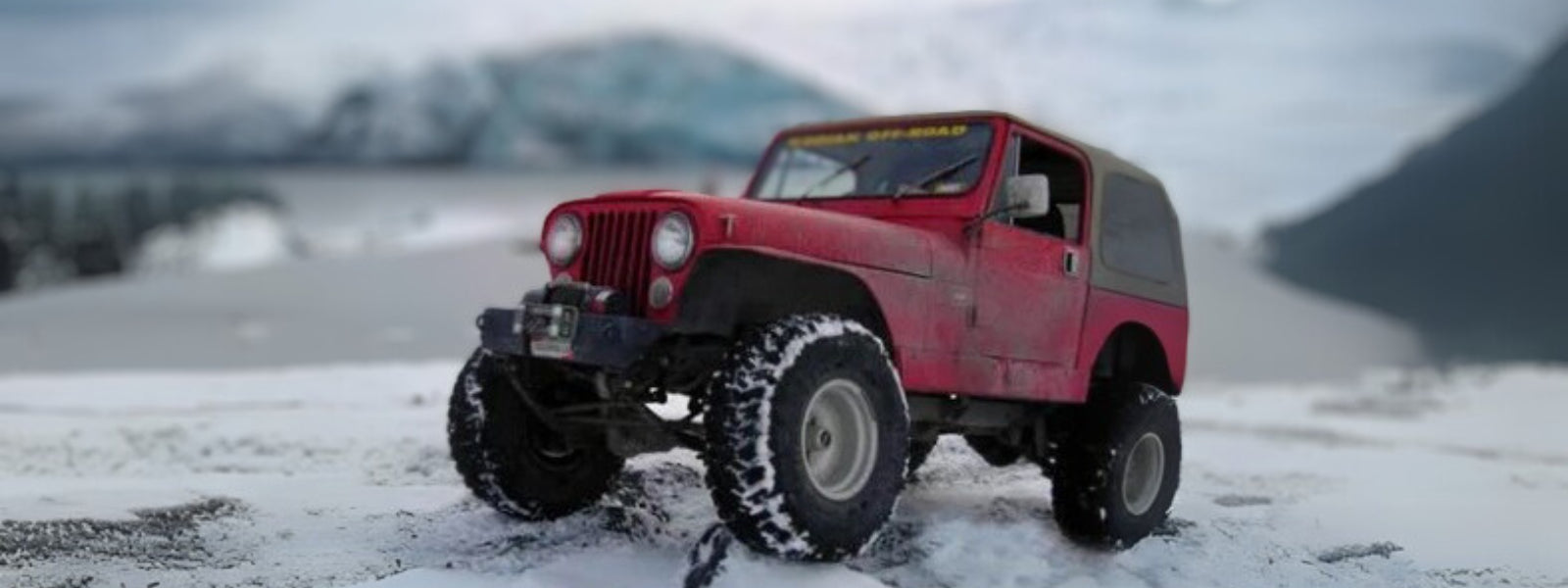
Jeep Bumpers & Crossmembers: The Most Overlooked Reinforcements
Jeep CJ Bumpers for Trails You Didn’t Plan For
Factory CJ bumpers were never meant for real trail stress. Thin steel, bolted to the frame horns, they offer no real strength for recovery or winch use. Add a winch or try to pull at an angle, and you risk deforming mounts or cracking the frame itself — a common failure on older Jeep CJ five and CJ7s.
Upgraded Jeep CJ front bumper and CJ7 rear bumper options fix this by using 3/16” plate steel with reinforced mounting that distributes force across the frame. That means fewer stress points, better durability, and safe use of recovery gear.
They’re also essential if you’re adding steering upgrades, body armor, or a tire carrier. A weak bumper becomes the failure point under load. A strong one turns the front and rear of your CJ into true load-bearing components — not just decorative trim.
If you’re building your CJ for real trails, this isn’t an aesthetic mod… Jeep CJ bumpers are a structural necessity.
Shock Mounts That Actually Survive Rock Crawling
Here’s a detail most folks miss: your shock mounts weren’t built for modern flex. They were thin tabs welded to the frame — fine for stock trails, but not for anything with real articulation.
Once you go with long-travel shocks or coilovers, those factory mounts are toast. They bend, crack, and sometimes rip right out. Upgraded CJ shock-mount brackets are thicker, gusseted, and built to align your shocks correctly, reducing binding and extending suspension life.
What CJ Drivers Regret Not Upgrading First
Real-World Offroading Tips From the Jeep CJ Forum
Ask any long-time CJ owner what they wish they’d done differently, and the answers sound surprisingly familiar. You’ll hear it in every experienced thread on the JeepForum: reinforcing weak points, upgrading steering geometry, and fixing what the factory never really finished. And most of those lessons came the hard way — mid-trail, under stress, or just after something cracked.
But it’s not just about repairs. Building a CJ that truly holds up means learning from others who’ve been there already. That’s why tools like the onX Off-Road App have become essential — not just for finding new trails, but for planning around the limitations of an older platform. Trail previews, elevation changes, terrain types — they help you match your upgrades to what you’ll actually face out there.
And if you’re just getting started? Don’t guess. The off–road community is full of drivers who’ve shared exactly what they regret skipping. Plus, we’ve pulled together a dedicated collection with just the essentials — check out our full collection of Jeep CJ aftermarket parts.
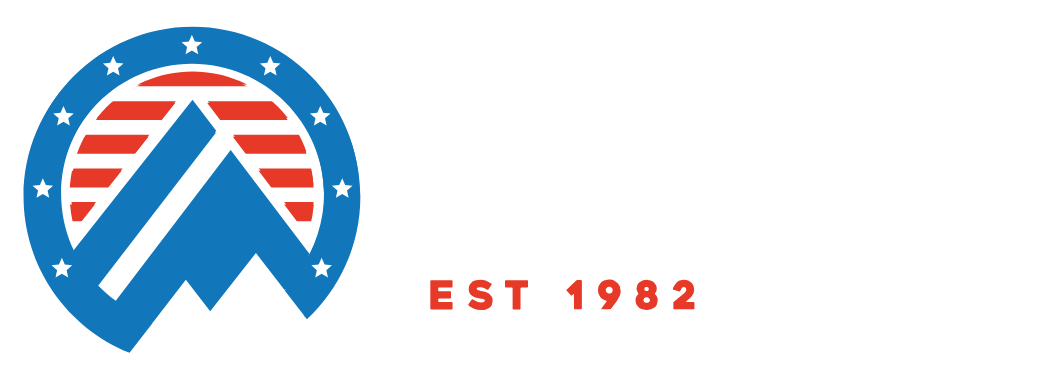
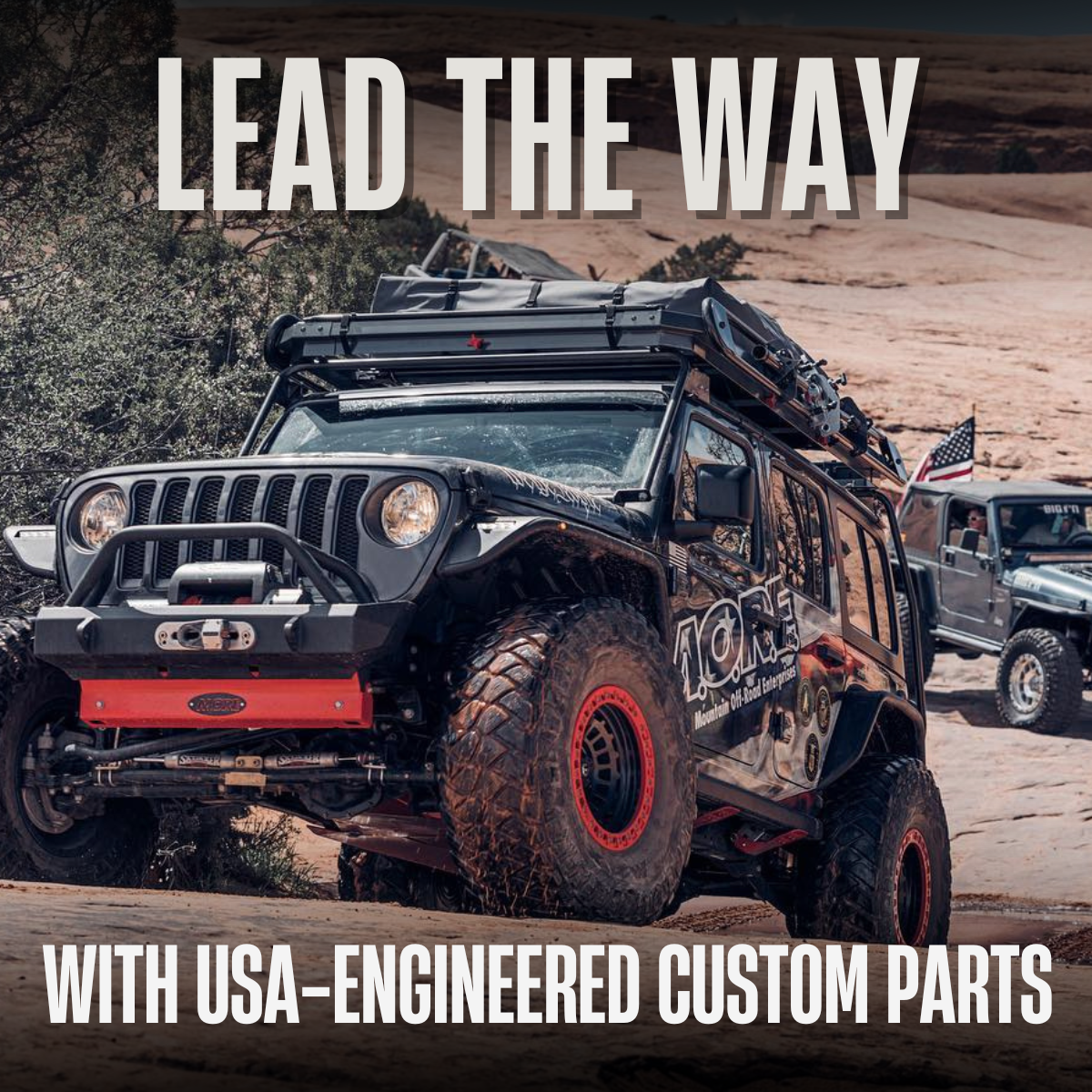
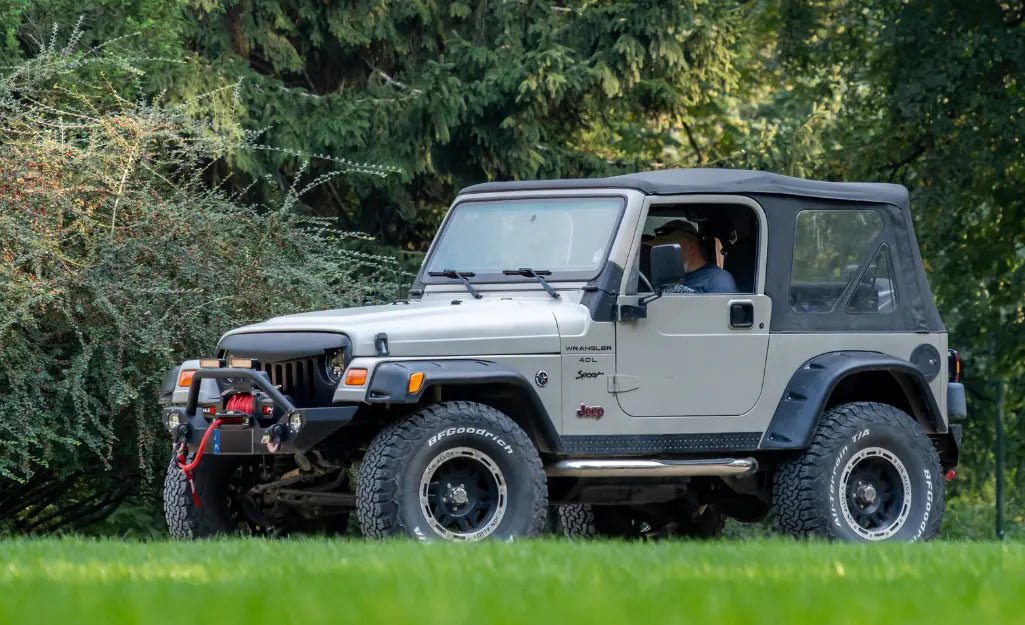
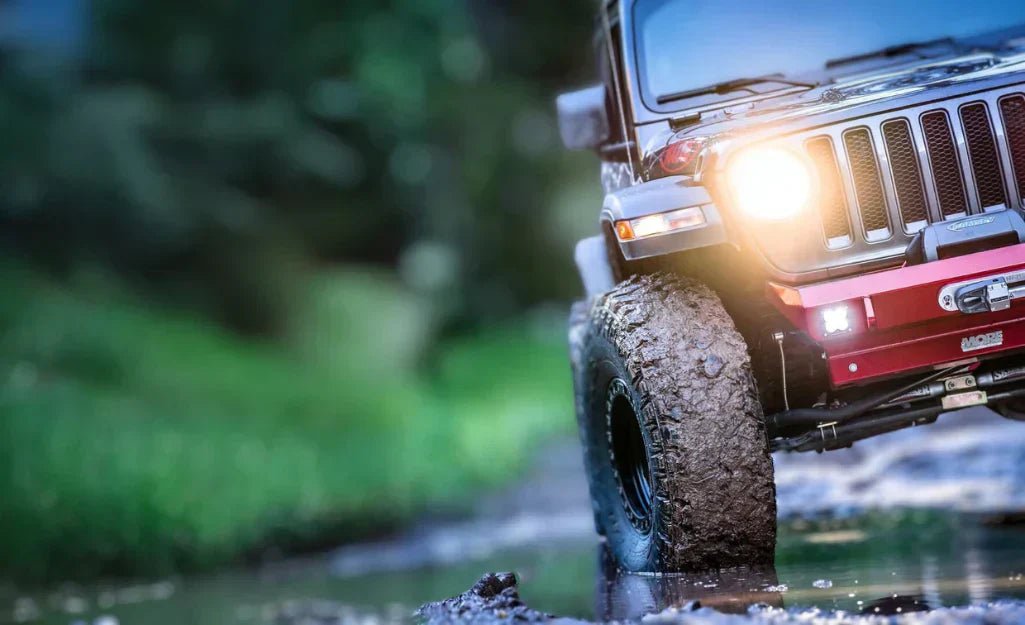
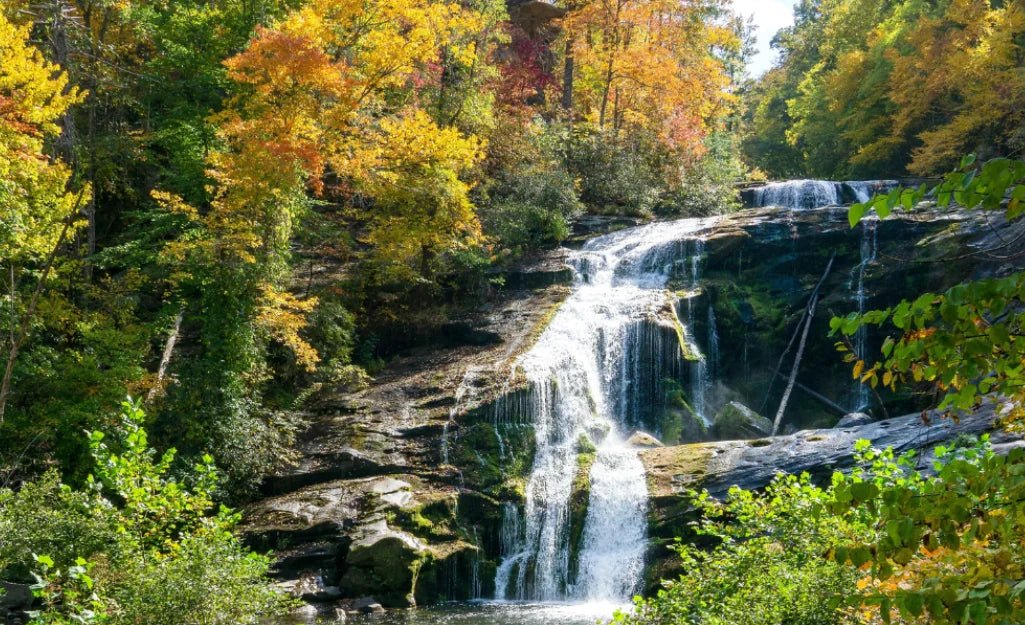
Leave a comment
This site is protected by hCaptcha and the hCaptcha Privacy Policy and Terms of Service apply.